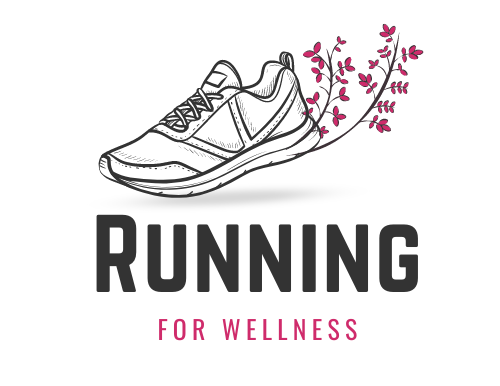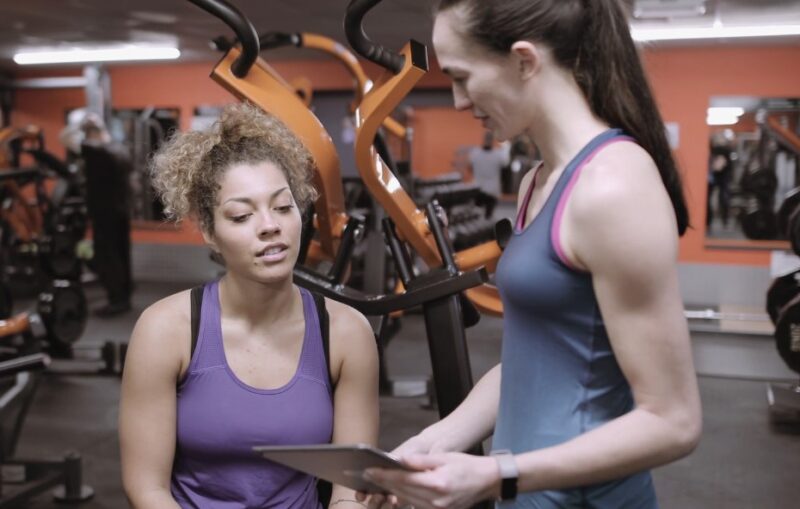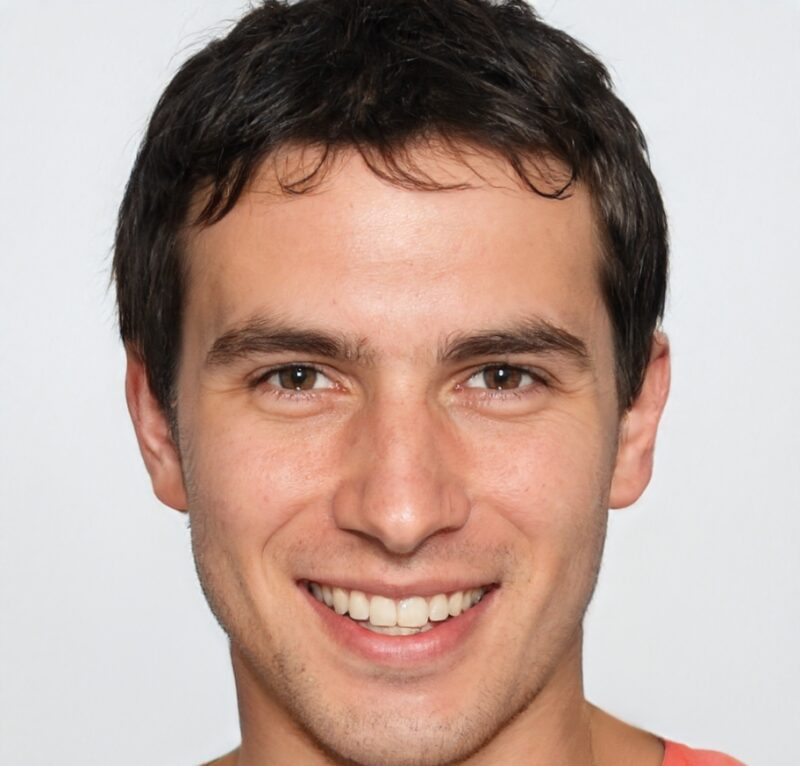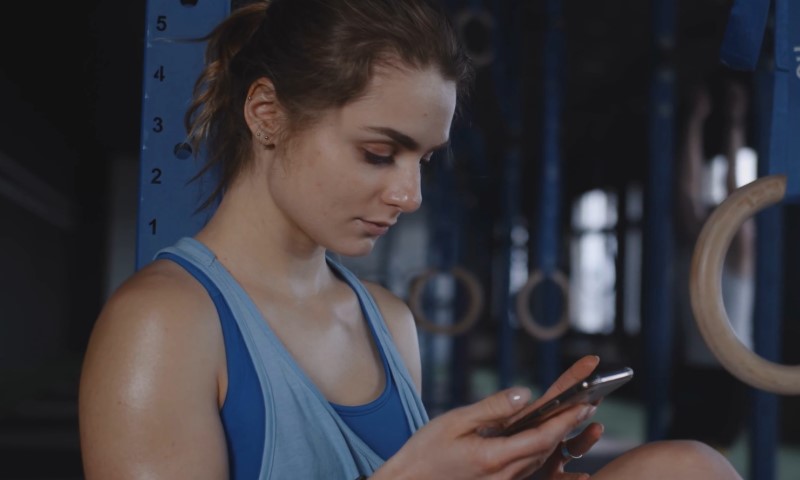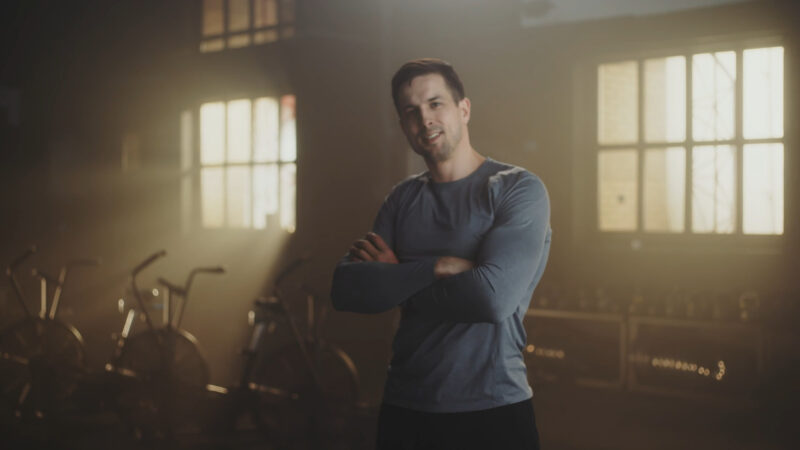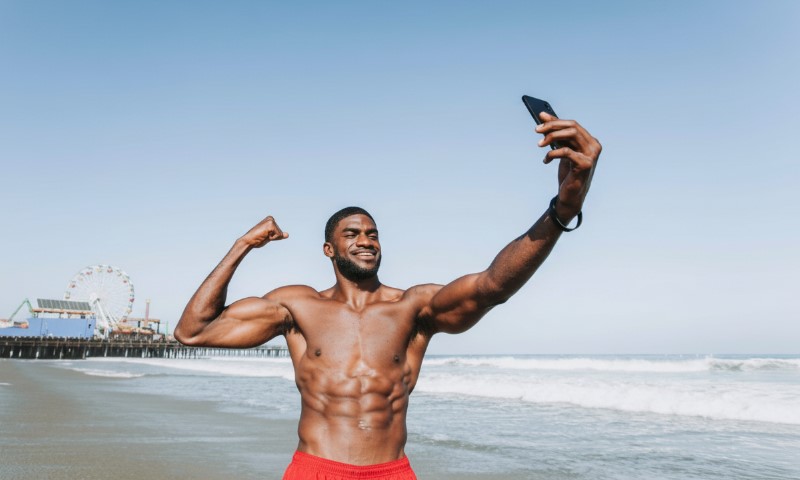So, you want to become a fitness coach. You’ve got the passion. You live and breathe healthy routines, maybe you’ve helped a few friends get in shape, and now you’re thinking – could this be my job?
Yes. It can.
You don’t need to be a former athlete or have a sports science degree to break into the fitness world. What you do need is a roadmap, a strong work ethic, and the willingness to start from the beginning, even if that means Googling how to pronounce “pectoralis.”
Let’s talk about how you can kick off your fitness coaching career from scratch – and do it right.
Step 1: Pick a Certification That Means Something

First things first – you can’t just start charging people for workout plans without some credentials. Not legally. Not ethically. Not if you want to be taken seriously.
Luckily, there are several top-tier organizations that offer beginner-friendly certification paths.
Top Certification Bodies
| Organization | Certification | Notable Features | Accreditation |
| ACE | ACE Personal Trainer Certification | Behavior-focused coaching, evidence-based | NCCA |
| NASM | NASM CPT | Uses the OPT™ model (strength-building system) | NCCA |
| ISSA | ISSA CPT | Flexible online study, job guarantee | DEAC |
| NSCA | NSCA-CPT | Focus on athletic performance | NCCA |
| NCSF | NCSF CPT | Strong curriculum, widely accepted | NCCA |
Consider adding Brookbush Institute to your list of options – its certified personal trainer program is evidence‑based, modular, and includes a flexible monthly membership.
What to Look For
- Accreditation (preferably NCCA)
- Cost (around $1,000 total, often with payment plans)
- Self-paced format
- Bonus specializations (e.g., senior fitness, nutrition, yoga)
You’ll also need a CPR/AED certification before sitting for most exams. ISSA even bundles it into their package for convenience.
Step 2: Study Smart, Not Just Hard
Once enrolled, you’ll get access to online materials – textbooks, videos, practice exams, maybe even an app.
Most programs are designed to be completed in a few months, but you can move faster or slower depending on your schedule.
What You’ll Learn
- Human anatomy
- Movement mechanics
- Exercise science
- Client assessment methods
- Workout planning
- Nutrition basics
- Safety and injury prevention
- Ethics and professionalism
NASM’s curriculum has 23 chapters. ACE leans into psychology and behavior change. ISSA is a great pick for flexibility and career coaching. Pick what fits your brain and lifestyle.
Tip: Don’t cram. Let concepts sink in. Use flashcards. Practice writing fake programs for imaginary clients. Get in the mindset.
Step 3: Pass the Certification Exam
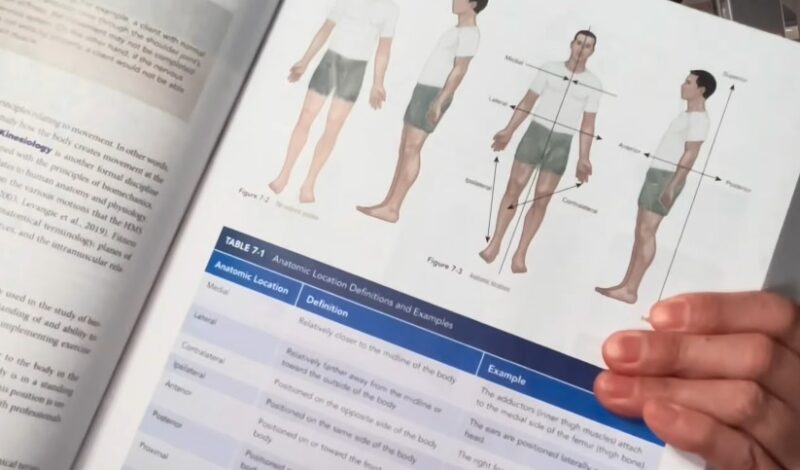
Certification exams come in two flavors:
1. Non-Proctored Certificate Exam
- Open-book
- Online
- More flexible
- Easier to pass
- Example: ACE Certificate Exam (100 questions, 70% to pass)
2. Proctored Certification Exam
- Closed-book
- Taken at a testing center or with a live online proctor
- Recognized more widely by employers
- Example: NASM CPT (120 questions, scaled score of 70+ to pass)
Pass rates hover around 70%, so prep wisely. Most providers include practice tests and study guides to get you ready.
Step 4: Protect Yourself With Liability Insurance
Once you’re certified, you’ll want liability insurance – especially if you’re working with clients directly or independently.
Even with the best intentions and techniques, things can go wrong. Someone can trip. Someone can faint. Someone might blame you when their knee flares up after leg day.
Professional liability insurance helps protect you from legal messes.
Many employers require it. It’s not expensive and worth every penny for peace of mind.
Step 5: Build a Resume (Even Without Experience)

You don’t need a long coaching resume to get started. You just need a sharp, focused one.
What to Include
- Summary: 2–3 sentences about who you are and why you’re doing this
- Certifications: CPT, CPR/AED, any extras
- Relevant Skills: Program creation, behavior coaching, client communication
- Experience: Volunteer hours, training friends, assisting at local gyms – anything that shows initiative
If you want, ISSA even offers a job placement guarantee, promising to refund your program if you can’t land a job in 6 months. That’s how confident they are.
Step 6: Get Real-World Practice
Even the best coaches have to learn how to apply textbook knowledge to messy, unpredictable human bodies.
Look For
- Internships at local gyms
- Shadowing opportunities with established trainers
- Volunteering for community programs
- Offering free sessions to friends in exchange for testimonials
You’ll learn how to cue movements, manage client expectations, and adjust when someone tells you they “forgot to eat” before a HIIT session.
Internships often last 1–3 months and can be paid or unpaid. Either way, you’re gaining experience that makes you hireable.
Step 7: Keep Growing with Specializations
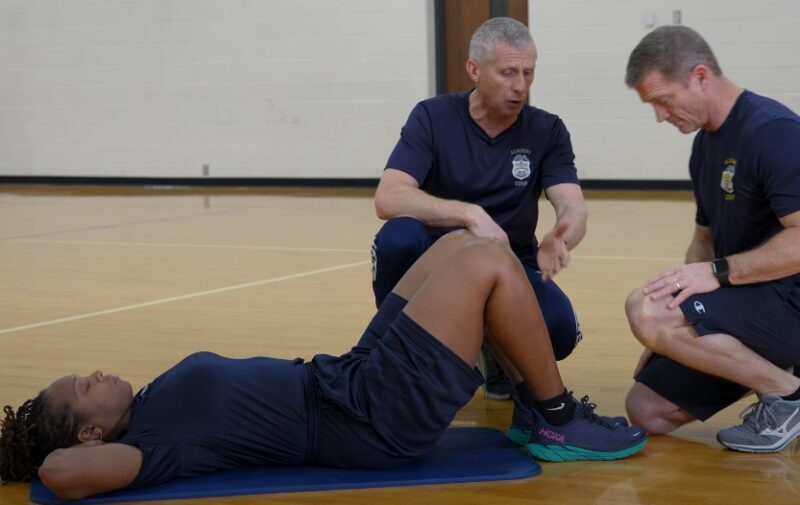
Fitness isn’t static. Neither should your skill set be.
Many certification bodies offer continuing education units (CEUs) to help you stay sharp and specialize. You’ll need them anyway to recertify every 2–3 years.
Popular Specializations
- Corrective Exercise (for injuries or imbalances)
- Senior Fitness (gentle, safe routines for older adults)
- Youth Fitness (working with kids or teens)
- Sports Conditioning (for athletes)
- Fitness Nutrition (behavior-based food coaching)
Specializing gives you an edge and helps you charge more. Plus, it keeps things interesting.
Step 8: Put Yourself Out There
You won’t get clients by sitting around waiting for someone to notice your certificate.
Start marketing yourself, even before your first paid client.
Ways to Build Visibility
- Create a simple website with your bio, services, and contact info
- Start an Instagram or TikTok account with workout tips or daily trainer life
- Offer free trials or a weekly Zoom workout to showcase your style
- Ask for referrals from anyone you’ve trained, even informally
- Get listed on platforms like Hevy Coach to manage clients and programs
You might decide to go all-in on online coaching, work out of a gym, or train small groups in the park. All are legit paths if done professionally.
Career Outlook
The fitness coaching industry is growing faster than most jobs. Between now and 2033, over 47,000 new positions are expected to open up. And that’s not counting the thousands of trainers working independently or launching their own brands.
The median salary in 2024 was $46,180, but that number doesn’t tell the whole story. Some entry-level coaches earn $20–$25 per hour. But those who run group sessions, have niche expertise, or build online communities can make far more.
A coach charging $100/hour for private or small group sessions only needs 10–15 consistent clients to pull in a solid income.
Tools and Tech to Make It Easier
Running your business doesn’t have to be messy. Plenty of platforms help you keep track of client programs, payments, and progress.
Useful Tools
- Hevy Coach – Program design, progress tracking, coaching platform
- Trainerize – All-in-one app for remote and in-person coaching
- Canva – For designing programs, meal plans, or social content
- Calendly – Booking and scheduling client sessions
Good tech keeps you organized, professional, and scalable.
Long-Term Tips That Actually Help
- Be consistent: Your clients will mirror your habits.
- Ask for feedback: Every client is a learning opportunity.
- Stay ethical: Don’t promise six-packs in six weeks. Be real.
- Find mentors: Learn from someone who’s been in your shoes.
- Don’t rush it: A thriving practice takes time. Keep showing up.
Final Thoughts
You don’t need to have years of gym-floor experience to become a fitness coach. You just need the right steps – and the will to follow through.
Start with a solid certification. Learn the science and practice it in the real world. Grow your network, get visible, and specialize when you’re ready.
Your future clients aren’t looking for a superhero. They’re looking for someone who listens, shows up, and genuinely wants to help them move better, feel stronger, and live healthier.
That could be you.
Related Posts:
- Top 400 Hilarious Gym Quotes to Keep You Motivated
- 25 Simple Running Motivation Tips To Get You Moving
- Half Marathon Training Plan for Beginners - Simple…
- 80 Best Motivational Cross Country Running Quotes 2025
- How Long Does It Take to Train for a Half Marathon?
- How Can You Start a Career as a Running Coach?
